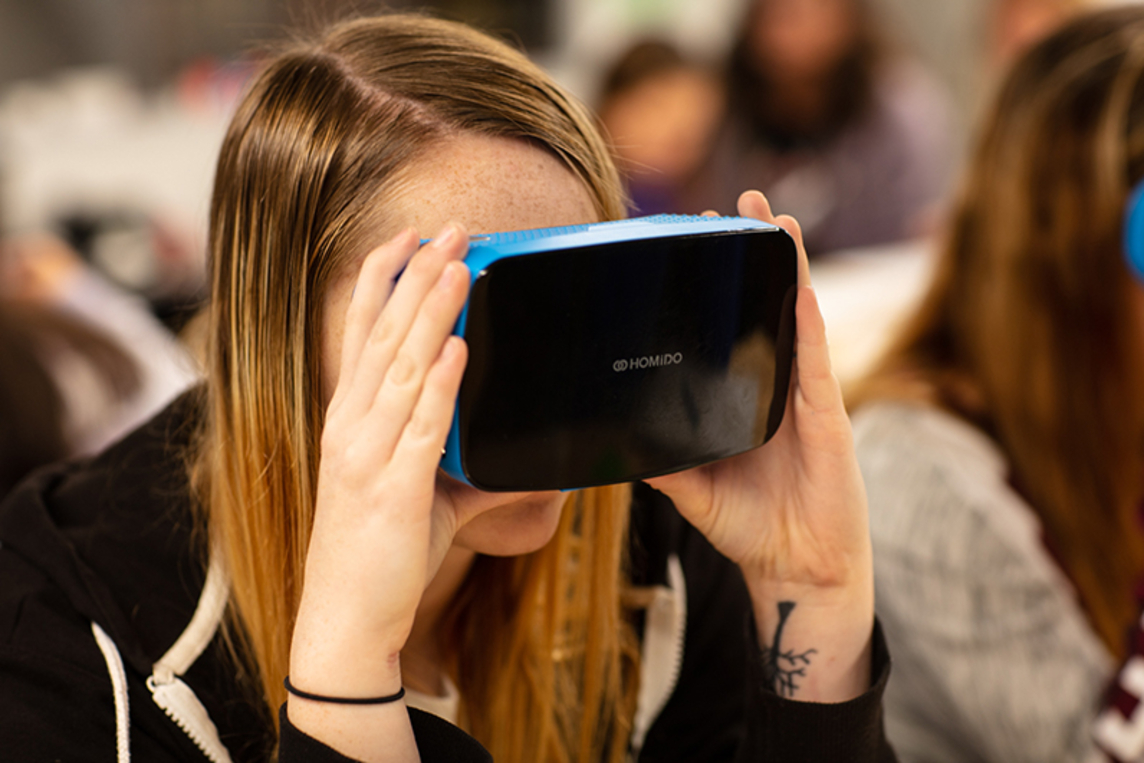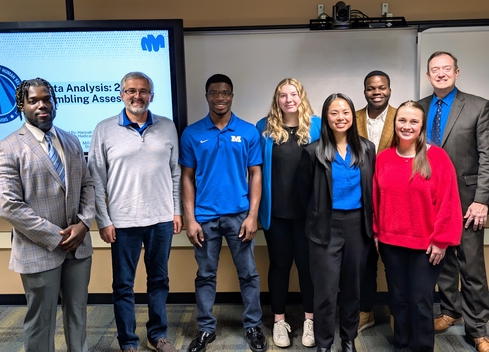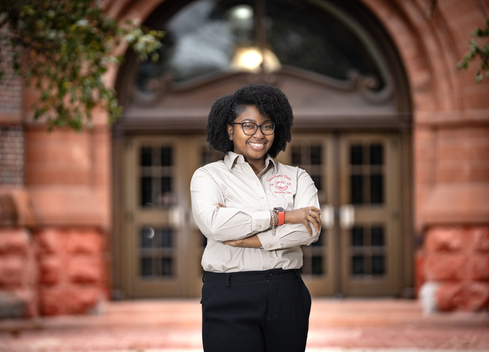Millikin pilot course delivers content outside of class and activities during class
The term flipped classroom, or flipped instruction, is becoming a unique form of learning in the field of education, and it's being adopted at Millikin University through a pilot course titled Earth & Space Science.
So how does a flipped classroom work? It reverses the traditional learning environment by delivering instructional content, often online, outside of the classroom. Students gain necessary knowledge before class and teachers can guide students to actively apply that knowledge during class.
At Millikin, Dr. Chris Cunnings, assistant professor of education, is using this concept for the Earth & Space Science course by having his students watch video podcasts, he produced on different subjects, outside of class. The class meets once a week to apply those podcasts to their lab work.
"What's really great about flipped instruction is that it allows teachers the opportunity to showcase their creativity," said Cunnings, who got the idea in 2013 at the Illinois Science Teachers Association Conference.
"The whole premise behind is that if you move the lectures and course content out of class, by using videos, you will have more time in class to do hands-on learning and exploration," Cunnings said. "The hard part was transitioning to that because it takes a lot of effort and a lot of time. What's great is that I can personalize the content and take ownership of it. This class is built on giving students chances to do activities, to collaborate, and to see science as more of a process than a product."



